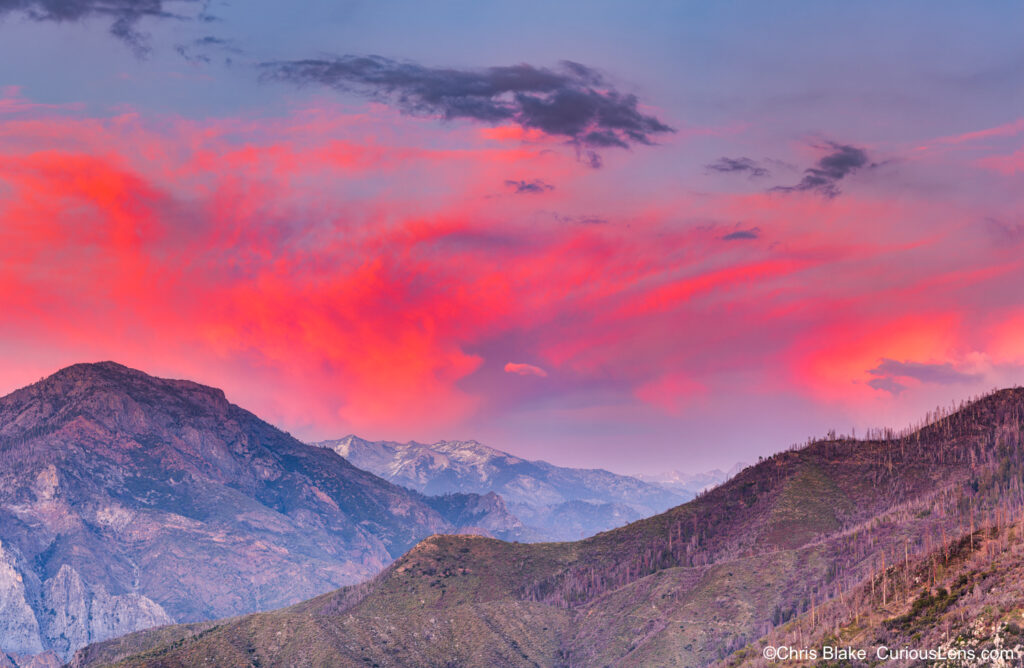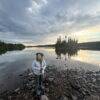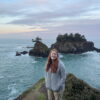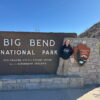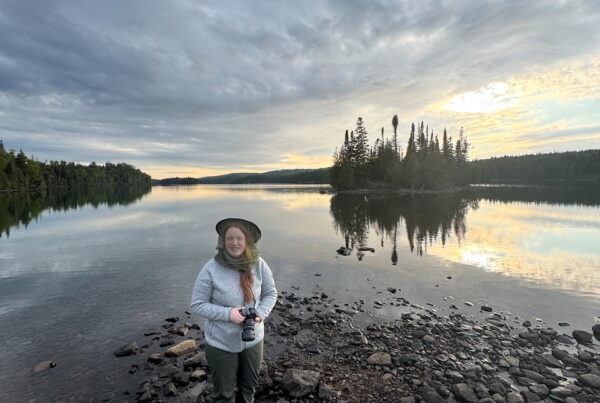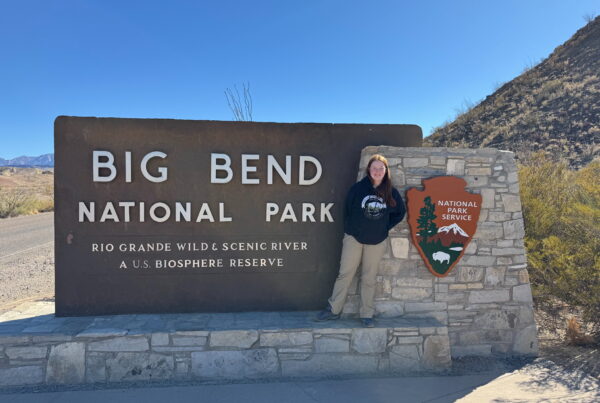In mid-May, Cami and I ventured back to the captivating landscapes of California, setting our sights on the majestic Kings Canyon and Sequoia National Parks. Over the span of ten days, we immersed ourselves in the wonders of these Sierra Mountain sanctuaries. Given their proximity, this blog will explore both parks together.
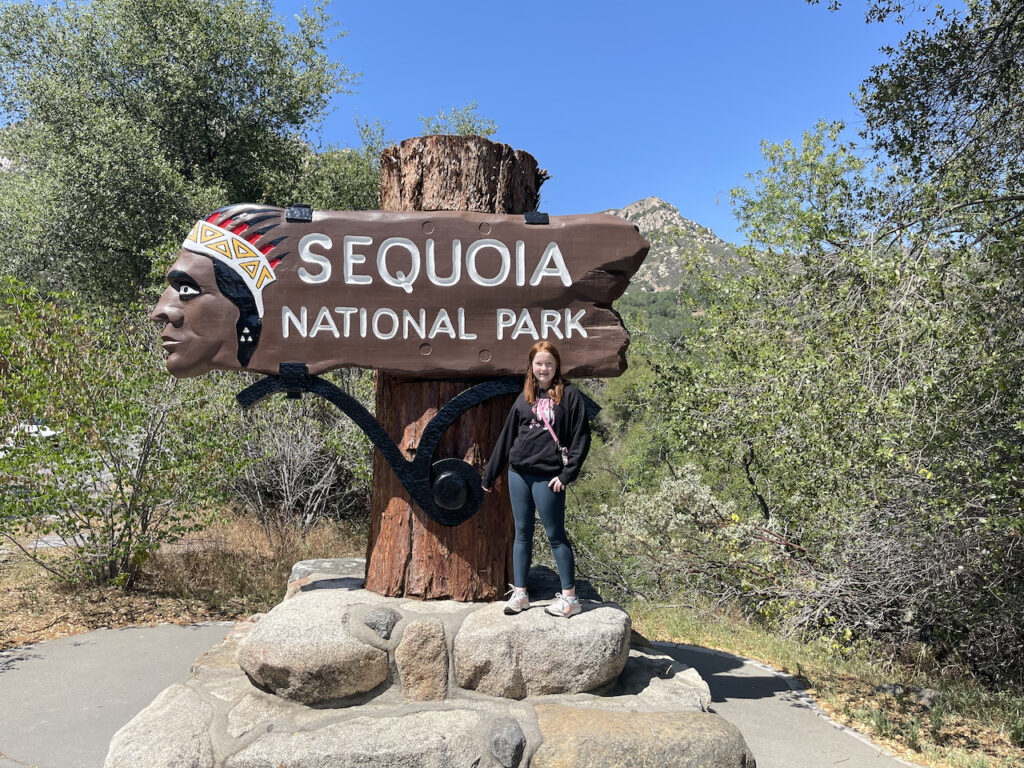


Spanning vast expanses, a visit to both parks requires a commitment to extensive driving. The nearest town to Sequoia, Three Rivers, while charming in its foothills setting, is considerably distant from Kings Canyon and lacks robust internet or cell service, which proved challenging for work and school commitments during our extended stay. Alternative lodging options along Highway 198 also faced similar connectivity issues.
Opting for better connectivity and amenities, we stayed in Visalia in California’s agricultural San Joaquin Valley, a strategic location roughly equidistant from both San Francisco and Los Angeles. This choice added about 30-45 minutes to our commute compared to Three Rivers, but it balanced out by offering closer access to either park, alongside a variety of hotels, shops, and restaurants—all essentials for a comfortable trip.
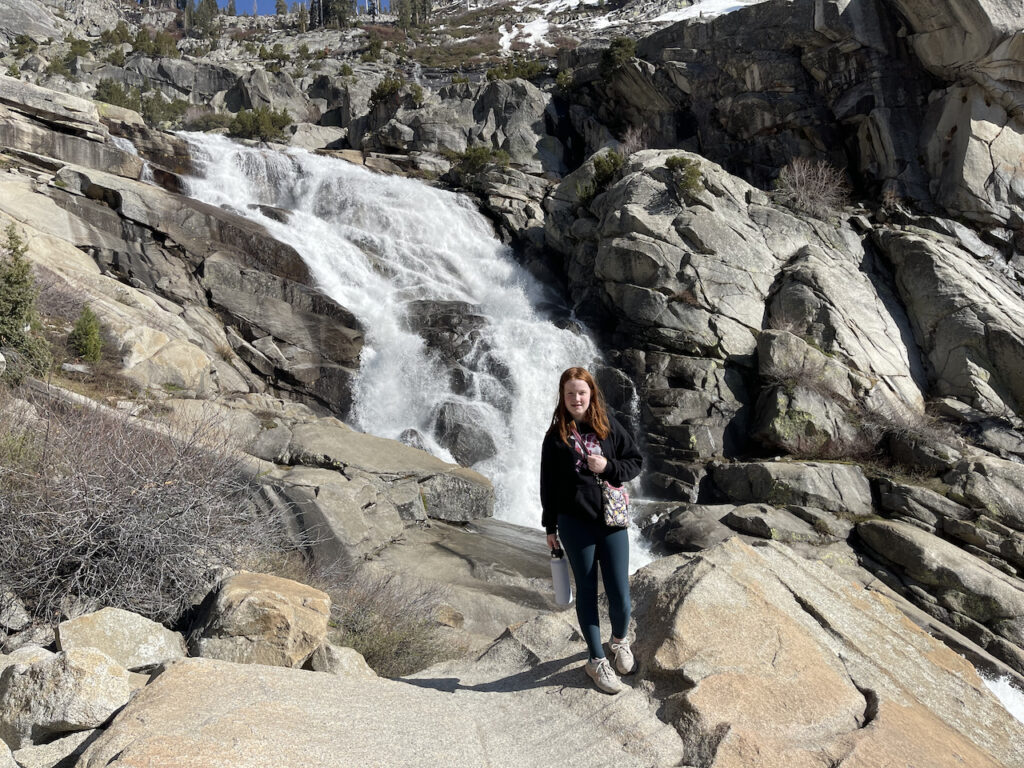
Sequoia National Park, established on September 25, 1890, to preserve over 404,064 acres of mountainous terrain, boasts the highest peak in the contiguous United States—Mount Whitney, which rises to 14,505 feet. The park, celebrated for its colossal sequoia groves, including the General Sherman Tree—the largest tree on Earth by volume—is a haven for those seeking awe-inspiring natural beauty. Notably, the park transitions from 1,700 feet to over 9,000 feet through winding switchbacks, leading visitors from the accessible front-country to the more remote high-country, necessitating hiking or camping to delve deeper into its wilderness.
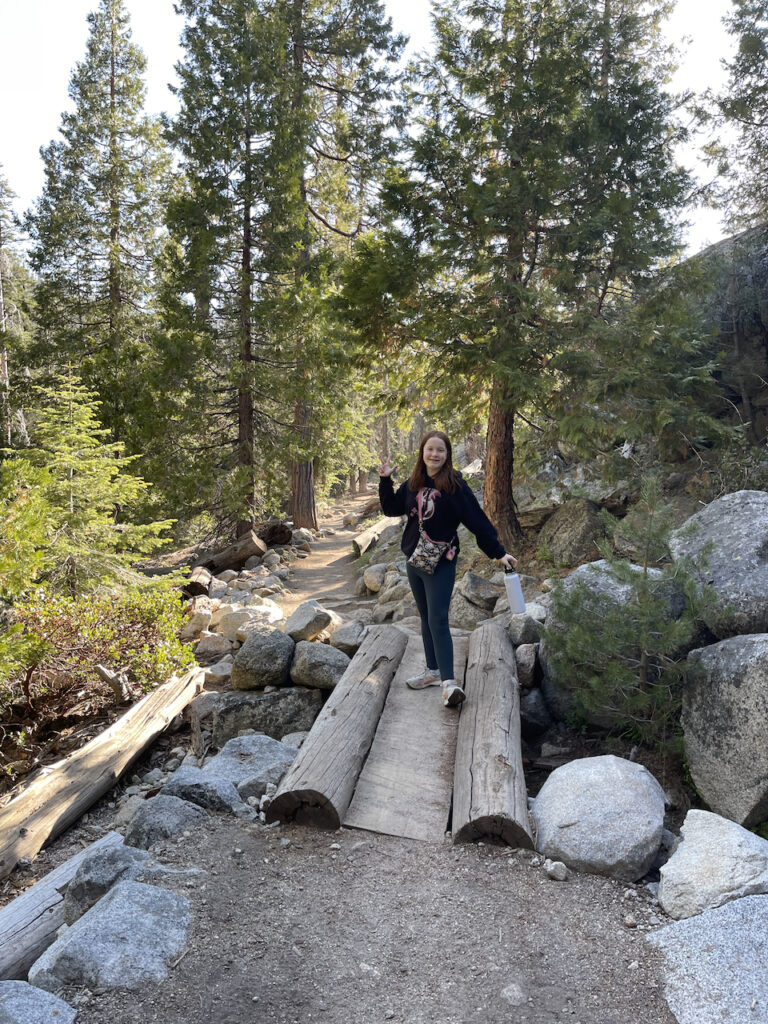
Larger still is Kings Canyon National Park, encompassing 461,901 acres. Originally designated in 1890 as General Grant National Park, it was expanded and renamed in 1940. The park is renowned for its namesake Kings Canyon, a dramatic glacial valley over a mile deep, and its rugged terrain dotted with towering peaks, sprawling sequoia groves, pristine alpine lakes, and meandering rivers. Much of Kings Canyon remains untouched wilderness, accessible only by less than 30 miles of roads throughout its vast 721 square miles.
Our journey began with a day of settling into our hotel after a lengthy travel day. The following morning, we rose before dawn for the long drive to the deepest reaches of Kings Canyon, where we spent the day hiking to several waterfalls and exploring the vibrant Roaring River area. The drive offered spectacular views of the valley, especially breathtaking during sunrise, with the surrounding Sequoia National Forest providing its own scenic delights.
That evening, we ventured into Sequoia National Park, exploring the Giant Forest and making the ascent up Moro Rock not once, but twice, catching a stunning sunset on our second climb.
Over the next week, we alternated our explorations between the two parks, visiting prominent attractions like Tokopah Falls—a lengthy, uphill hike that rewarded us with stunning vistas and roaring waterfalls energized by fresh snowmelt. Despite the crowds around the General Sherman Tree, we found solace in less frequented groves, enjoying a more intimate connection with nature.
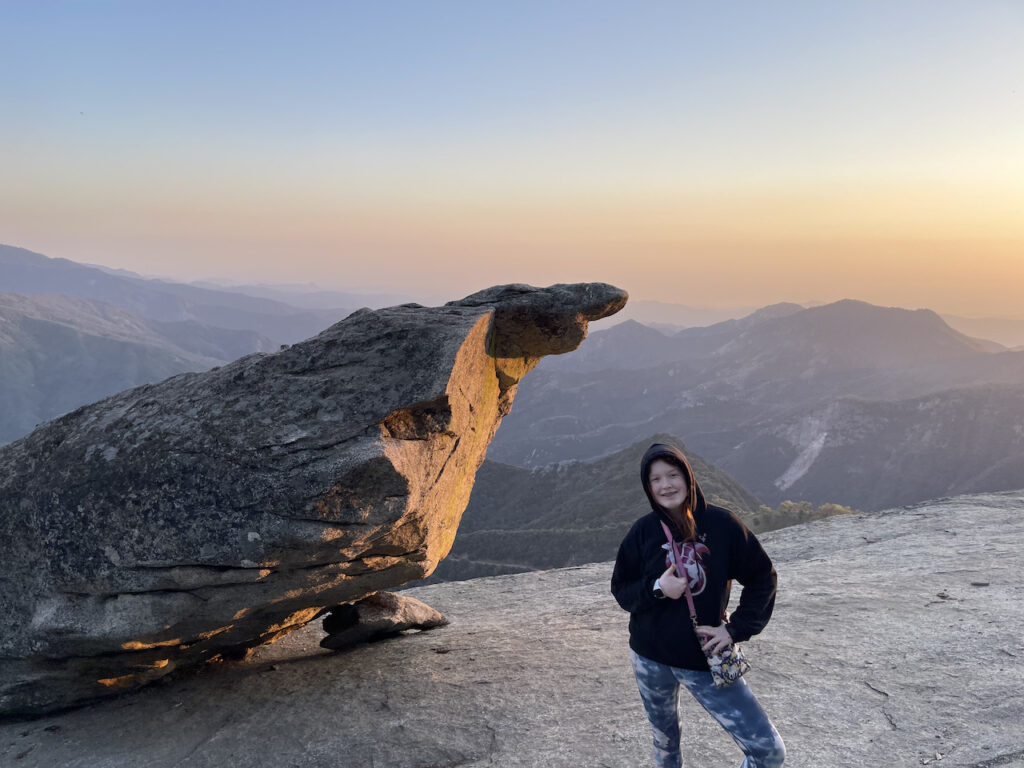
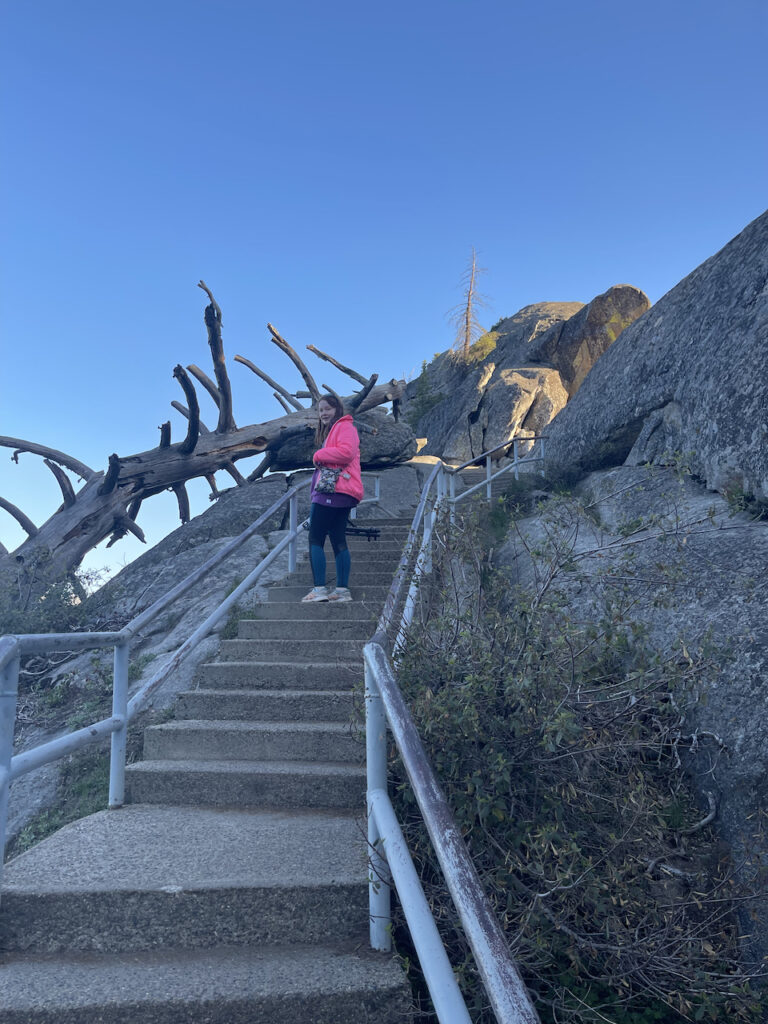
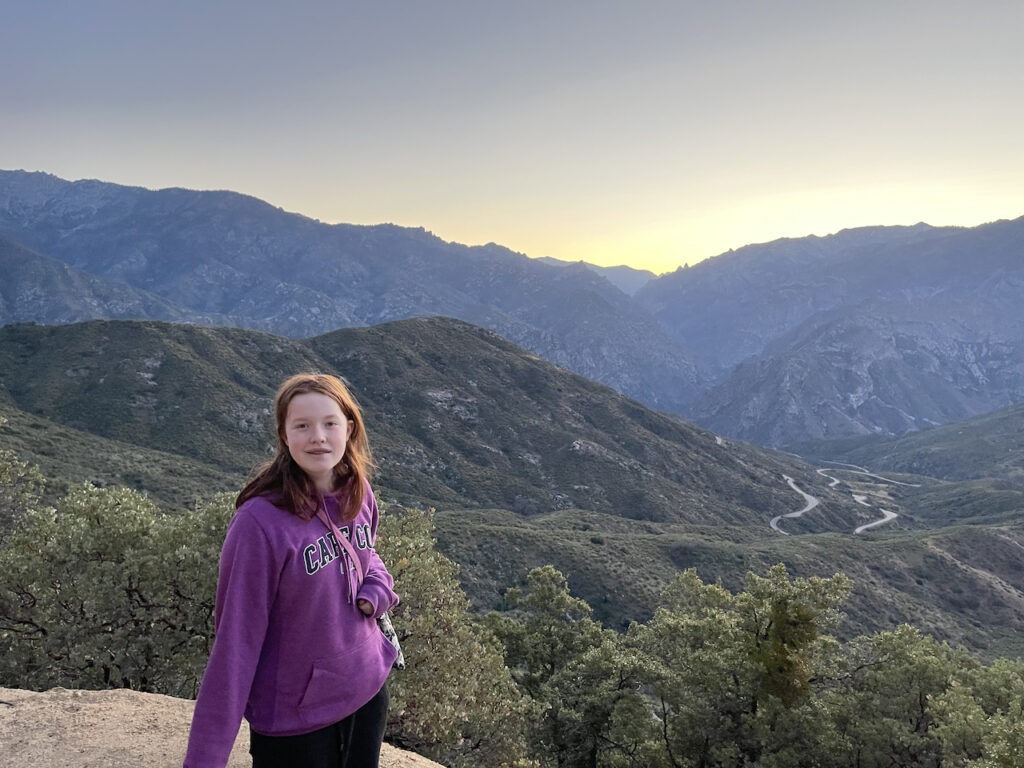
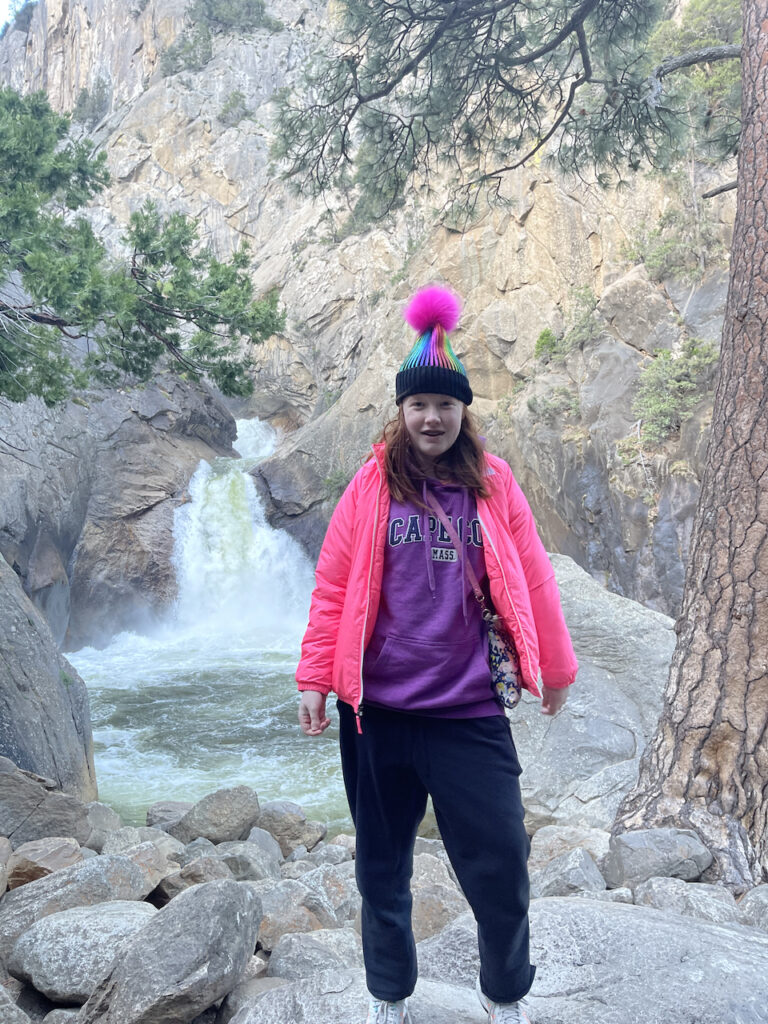
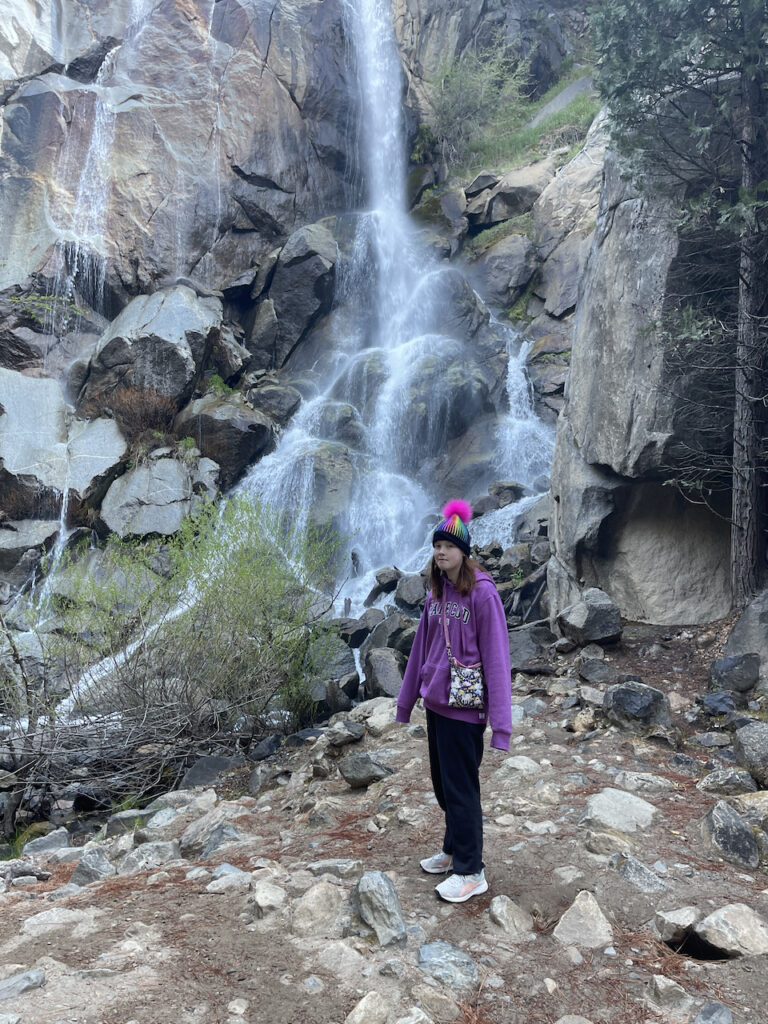
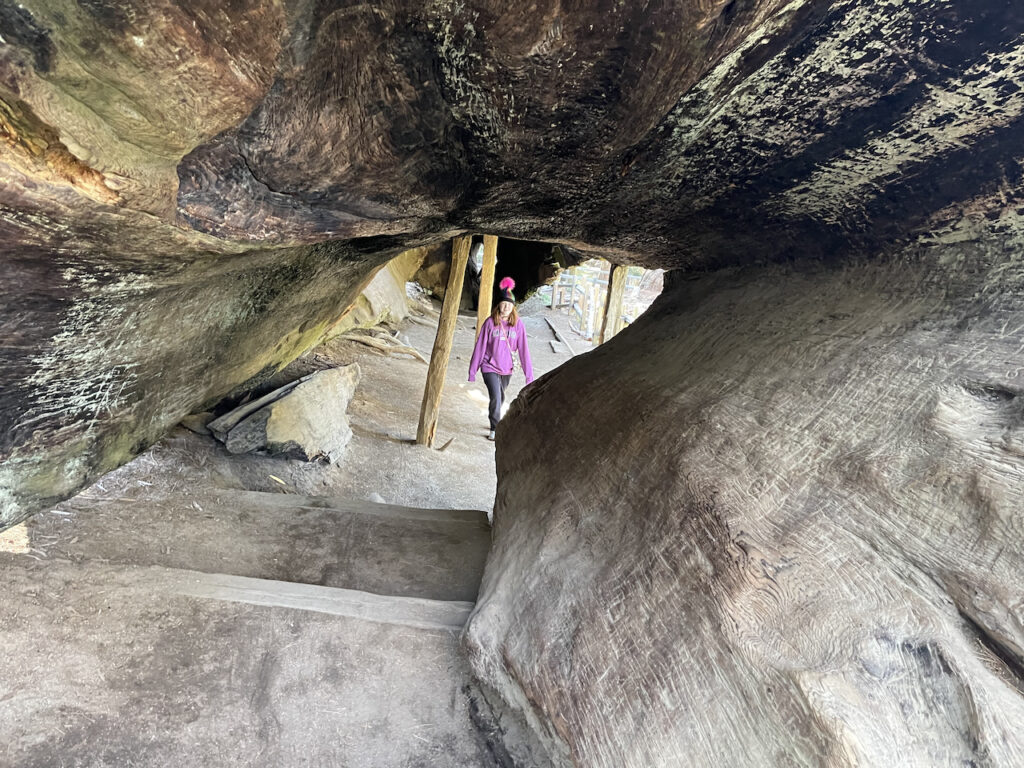
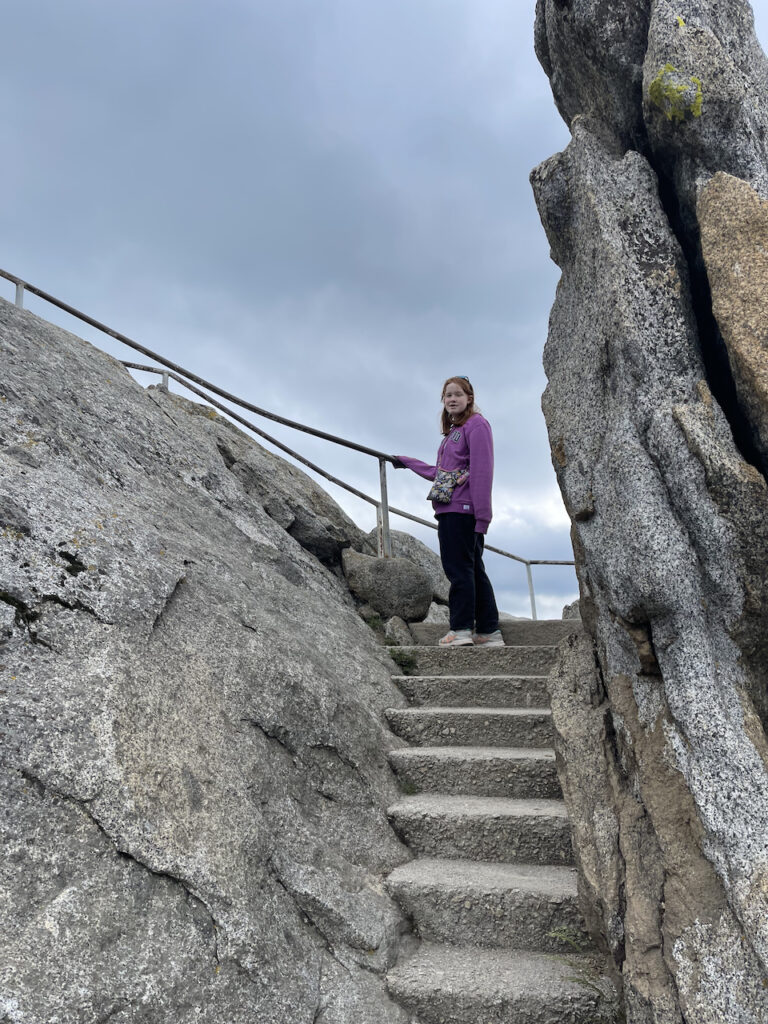
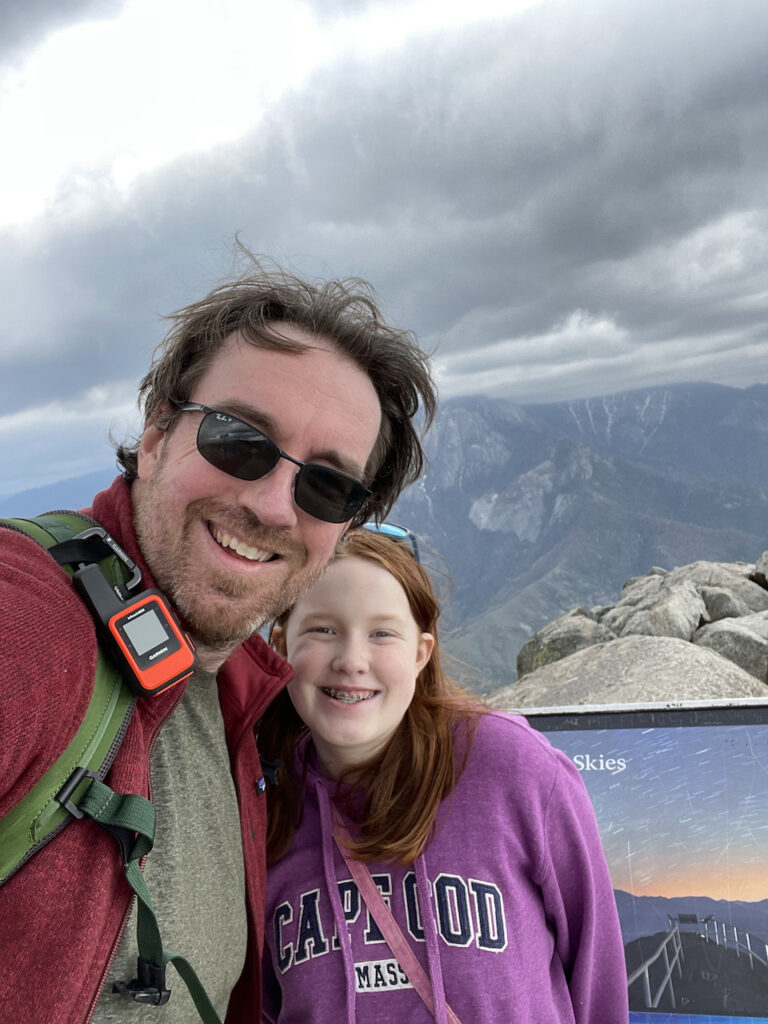
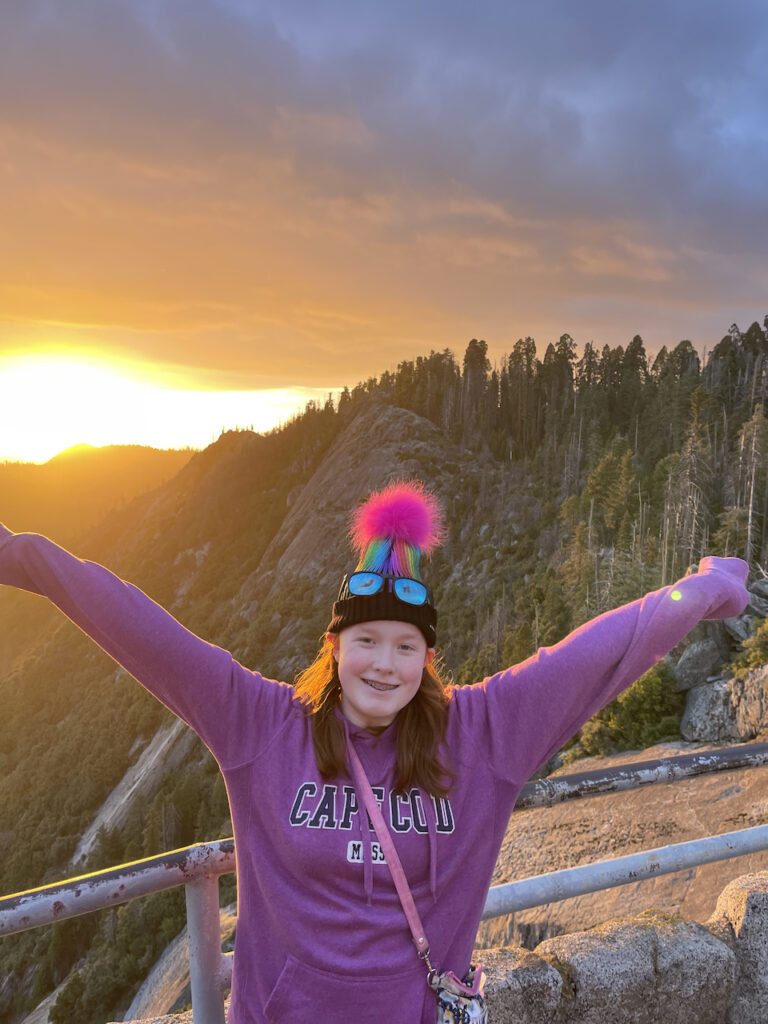
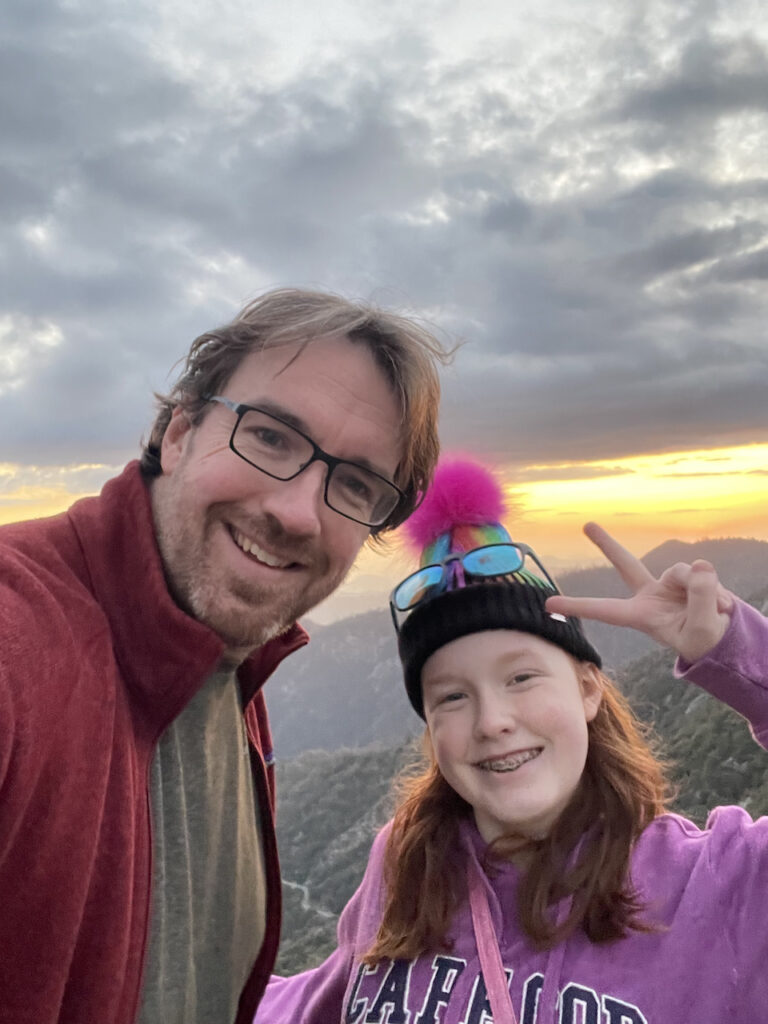

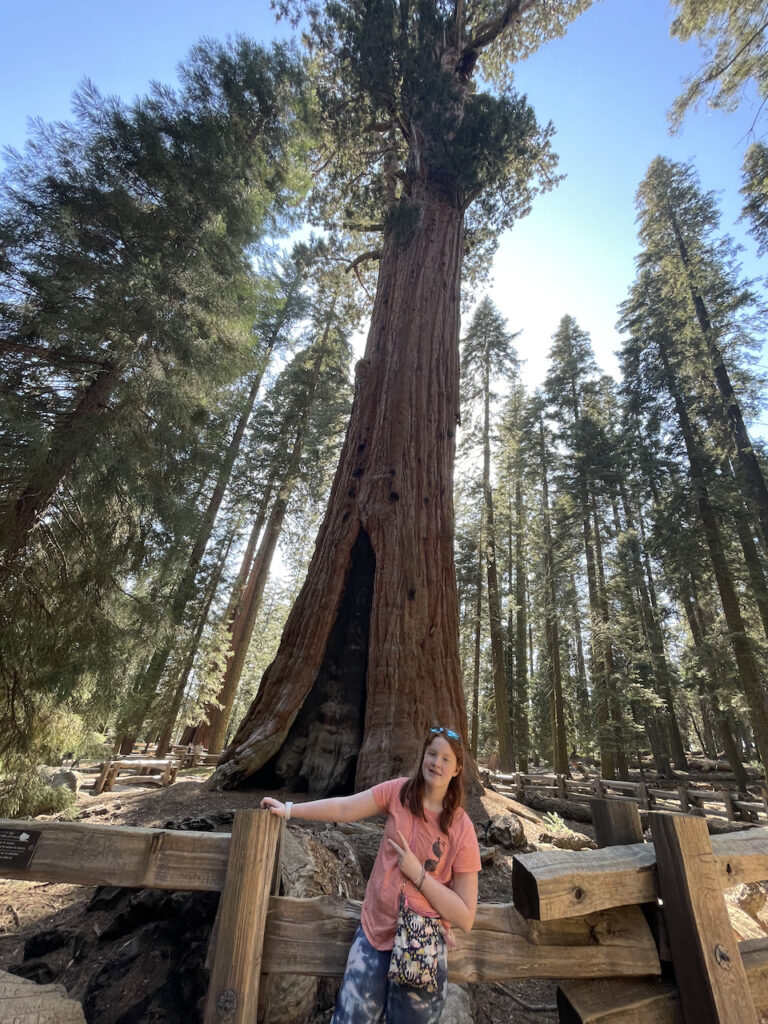
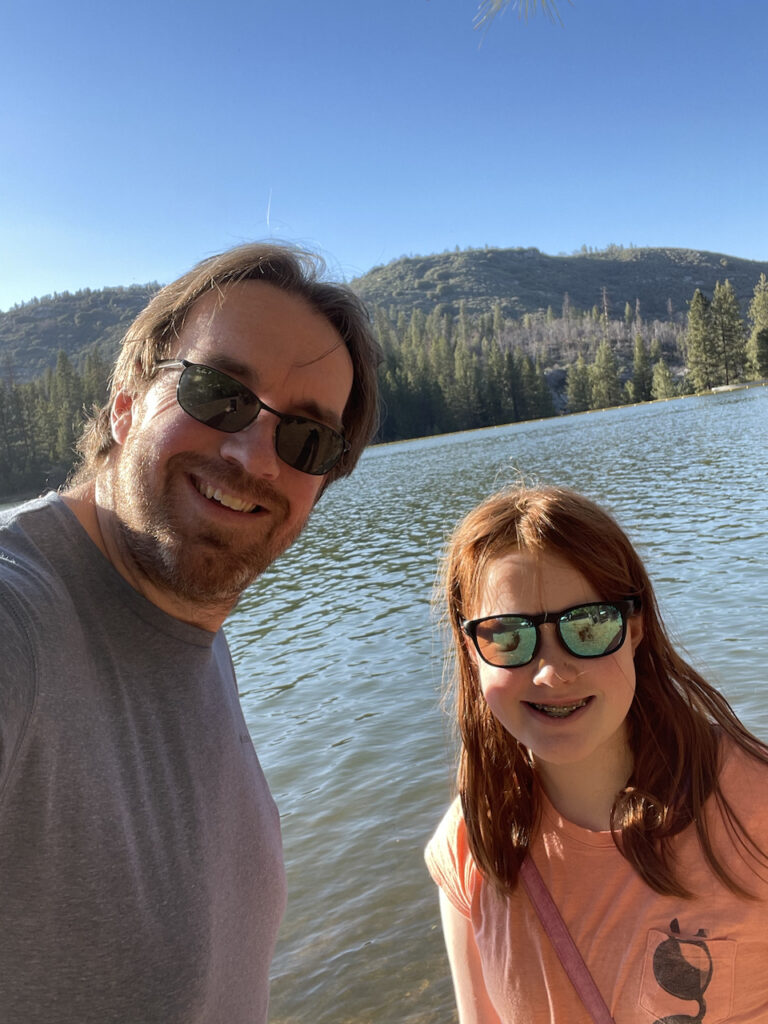
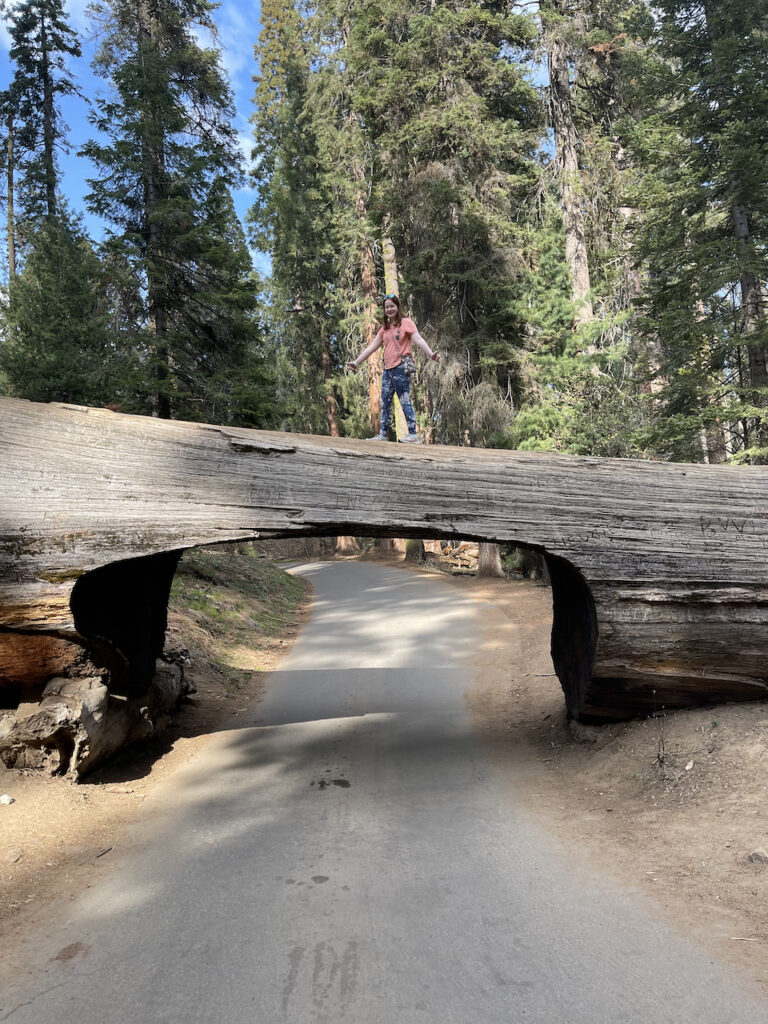
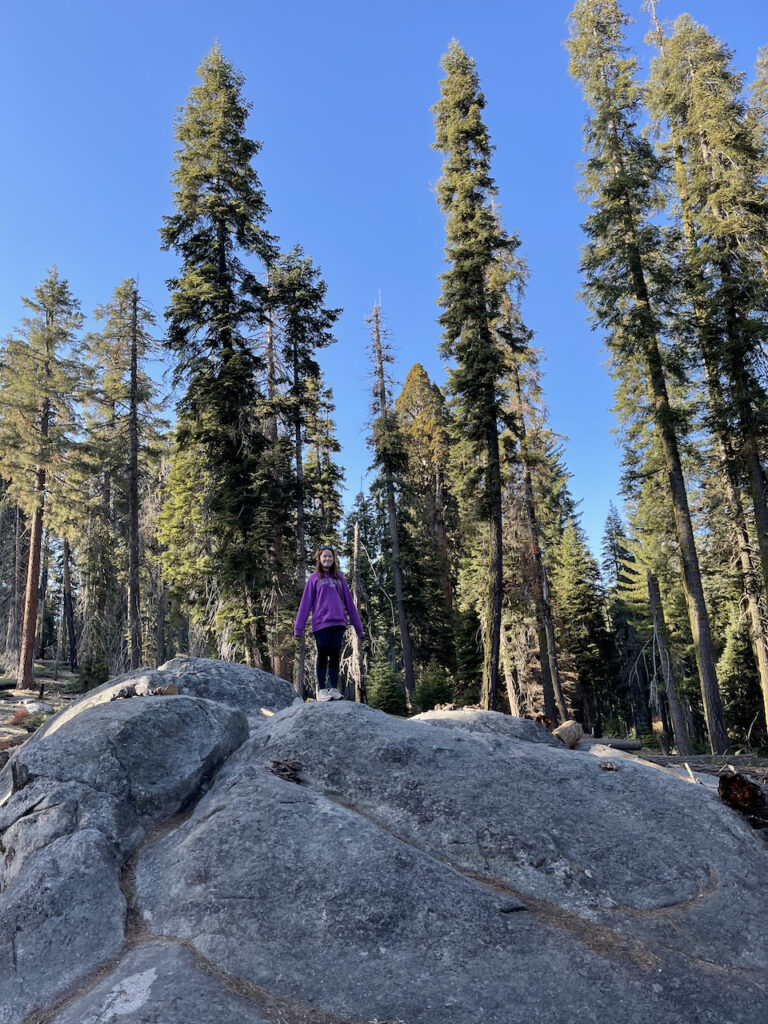
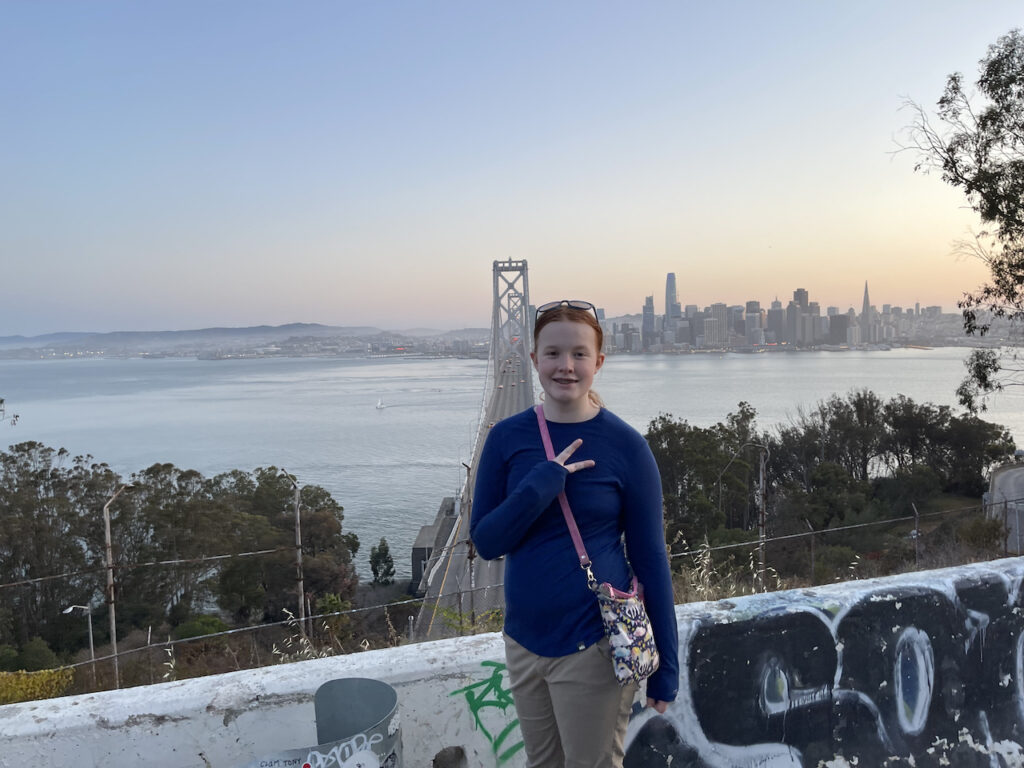
One of the trip highlights was the picturesque Hume Lake area, known for its captivating beauty and rich history. A spontaneous stop en route offered one of the trip’s most memorable sunsets over the mouth of Kings Canyon. The Kings Canyon Scenic Byway, while outside the park, offered unparalleled views into the canyon and has inspired future plans to explore deeper, possibly from the eastern approaches to discover hidden alpine lakes.
At both parks, we collected stamps, pins, and patches from the visitors centers, with Grant Grove’s center offering a quaint restaurant—a perfect spot for dining al fresco.
After our adventures, we returned to San Francisco for a night, reconnecting with friends and capturing the city and Bay Bridge from Treasure Island at sunset—an ideal finale to our park odyssey.
